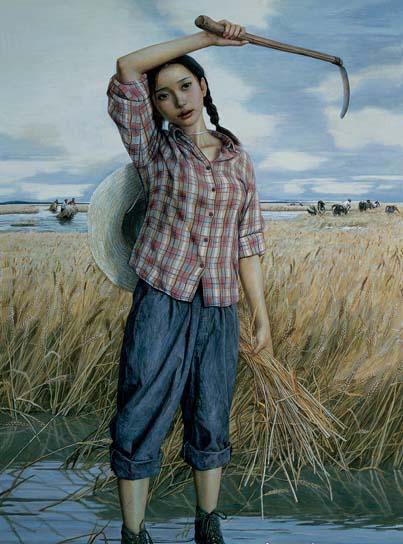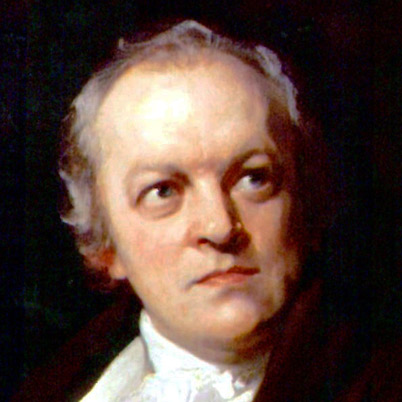This poem analysis of de la Mare’s ‘The Three Strangers’ is divided into three parts – context, rhyme scheme, and dream narratives.
Context: ‘The Three Strangers’ was published in the year 1920 as part of the first volume of de la Mare’s collection entitled Collected Poems 1901-1918 in Two Volumes. This shows that de la Mare could easily be categorised as one of the Modernist poets. However, this poem analysis would be misguided if it did not mention that such a categorisation would be erroneous. Though he did write in the earlier part of the twentieth century, his poetry is closer to that of the Romantics than to that of the Modernists. In ‘The Three Strangers’, this is more than obvious is de la Mare’s description of nature, and his longing to go back to the bosom of nature as he has encountered it in a single dream.
Rhyme Scheme: This part of the poem explanation focuses on the simple rhyme scheme that de la Mare has chosen to follow in the poem ‘The Three Strangers’, and his reasons for doing so. The pattern used by de la Mare in this poem is very easily detectible. He writes each stanza in the pattern ABCB. This kind of lilting and childish rhyme scheme was typical of his poetry, for he wished to revive older forms of story-telling and ballads in his own time. Like the Romantics, he believed in going back to an older and more organic way of life, and he preached this more through the form and structure than through the content of his poems.
Dream Narratives: This part of the poem explanation focuses on how de la Mare’s ‘The Three Strangers’ can justly be read as a dream narrative. The dream narrative is a literary trope that is fairly common in English literature, and it has been used for a long time, from as far back as the fourteenth century in fact. Even before modern English as we know it had evolved, William Langland had composed a work of this nature entitled The Vision of William Concerning Piers the Plowman between 1370 and 1390. In this work, Langland had described himself sitting in a field, and having a dream about men engaged in different kinds of professions. By describing men in all stations of life, from labourer to king, Langland had actually composed an allegory about the English society of his time. ‘The Three Strangers’ should be read as belonging to this particular tradition of dream narratives. Like Langland, de la Mare also sees himself as both the dreamer and the protagonist of the dream. However, neither Langland, nor de la Mare appear as themselves in their dreams. Langland, though a poet, sees himself as one who works the land. Similarly, de la Mare sees himself as a traveller who has been entrusted with a crucial and secret mission. One is then tempted to read ‘The Three Strangers’ as an allegory. The traveller can be interpreted as the average citizen of the Modernist era, whose life is a rat race – a race that he doesn’t entirely understand. Yet he hastens on, tired and weary. He meets strangers on the way. It would be worth our while to remember here that the beginning of the twentieth century saw great advancements in transport technology, and that this was the first time in human history that men spent hours commuting to work every day in the company of people whom he hadn’t met before, and would be unlikely to meet again. This alienation bothered a lot of Modernist poets (for example, Ezra Pound). However, de la Mare is optimistic in suggesting that such strangers can also provide a man with comfort in the course of his daily rat race. However, it is not only from his fellow men that man is alienated in the Modernist era. He is also alienated from nature, and this certainly bothers de la Mare. That is perhaps why he longs to encounter those “vivid hills” that he has seen the traveller journeying through, even if they only appear in repetitions of the dream scenario that he has described in this poem.
Some online learning platforms provide certifications, while others are designed to simply grow your skills in your personal and professional life. Including Masterclass and Coursera, here are our recommendations for the best online learning platforms you can sign up for today.
The 7 Best Online Learning Platforms of 2022
- Best Overall: Coursera
- Best for Niche Topics: Udemy
- Best for Creative Fields: Skillshare
- Best for Celebrity Lessons: MasterClass
- Best for STEM: EdX
- Best for Career Building: Udacity
- Best for Data Learning: Pluralsight













